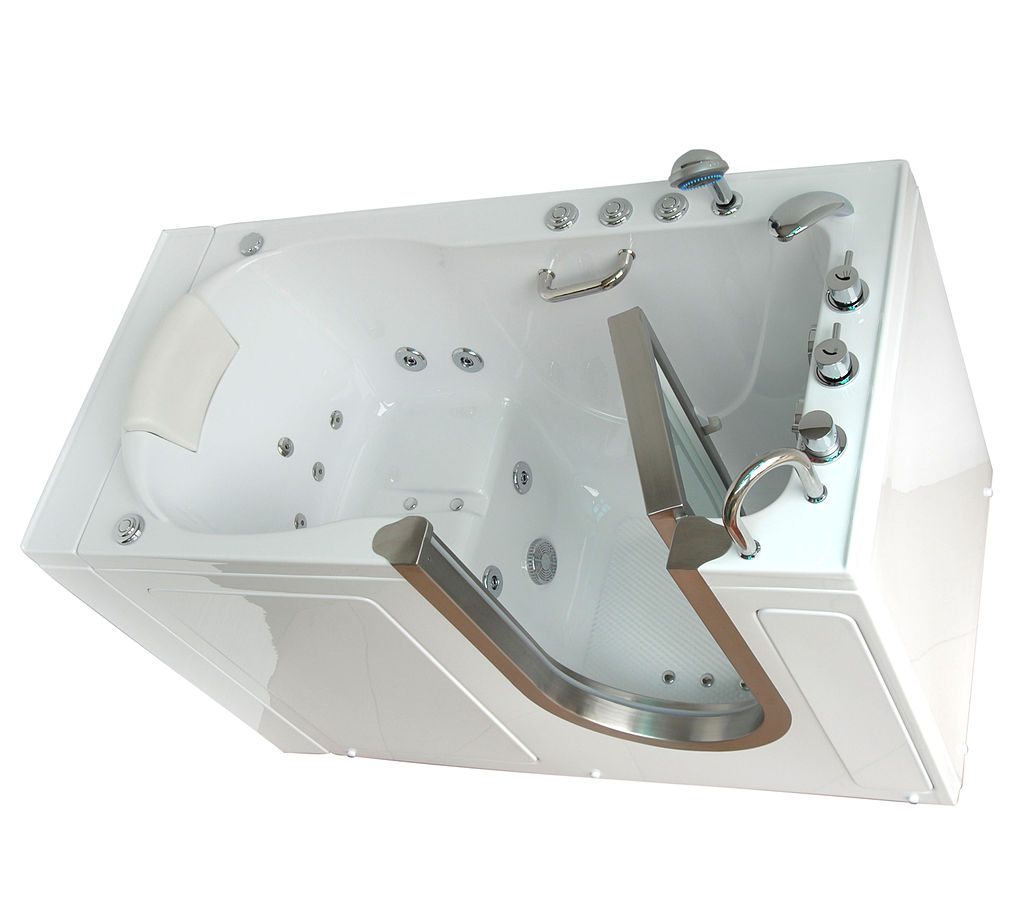The Rising Significance of Microapartments in Urban Real Estate
Introduction: The shrinking availability of urban real estate coupled with soaring prices has turned the spotlight on a unique housing trend: microapartments. This article dives into the nitty-gritty of this emerging real estate phenomenon, exploring its origin, impact, challenges, and potential for both investors and dwellers.
Microapartments: A Compact Solution to Urban Living
In the face of ever-growing urban populations, microapartments—units typically smaller than 350 square feet—have emerged as an innovative solution. Originating in densely populated cities like Tokyo and New York in the early 2000s, they have gradually found acceptance worldwide. Their growth represents a significant shift in urban living, prompted by rising real estate prices, housing shortages, and the evolving preferences of younger demographics.
Market Trends and Financial Insights
Microapartments have been witnessing a steady rise in popularity, particularly among millennials and Gen Z. According to real estate experts, the demand for these compact spaces is driven by the desire for affordable, centrally located housing options. Investors, on the other hand, are attracted by the high rental yields and occupancy rates these units offer.
Advantages and Challenges of Microapartments
The primary advantage of microapartments lies in their affordability and location. They offer residents the opportunity to live in prime urban locations without breaking the bank. For investors, they represent a lucrative investment opportunity with high potential returns.
However, challenges persist. Critics argue that these units, given their size, may not provide a comfortable living environment. This has led to regulations in certain cities limiting the development of microapartments.
The Impact on Buyers, Sellers, and Investors
For buyers, especially single professionals and students, microapartments present an affordable entry point into homeownership in desirable urban locations. Sellers and developers, on the other hand, can leverage the high demand and profitability of these units. Investors stand to gain from the attractive rental income and high occupancy rates, given the increasing demand for affordable housing.
The Future of Microapartments
Despite the challenges, the future of microapartments appears promising. With urbanization on the rise and space at a premium, these compact units are likely to continue gaining traction. As societal attitudes towards living space evolve and urban dwellers prioritize location over size, microapartments are set to play a pivotal role in the urban housing landscape.
In conclusion, the rise of microapartments represents a significant shift in the urban real estate market. While challenges persist, their potential advantages for buyers, sellers, and investors alike make them a trend worth watching. As the real estate industry continues to adapt to changing demographics and societal preferences, innovative solutions like microapartments will undoubtedly play an integral role in shaping the future of urban living.





